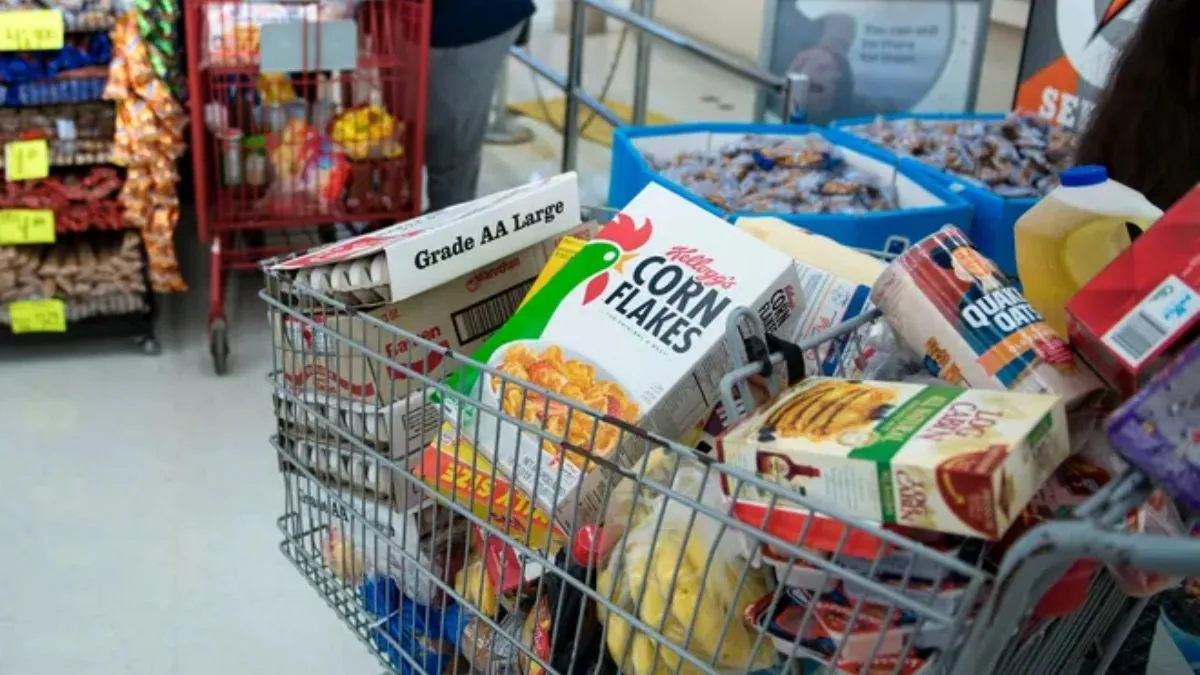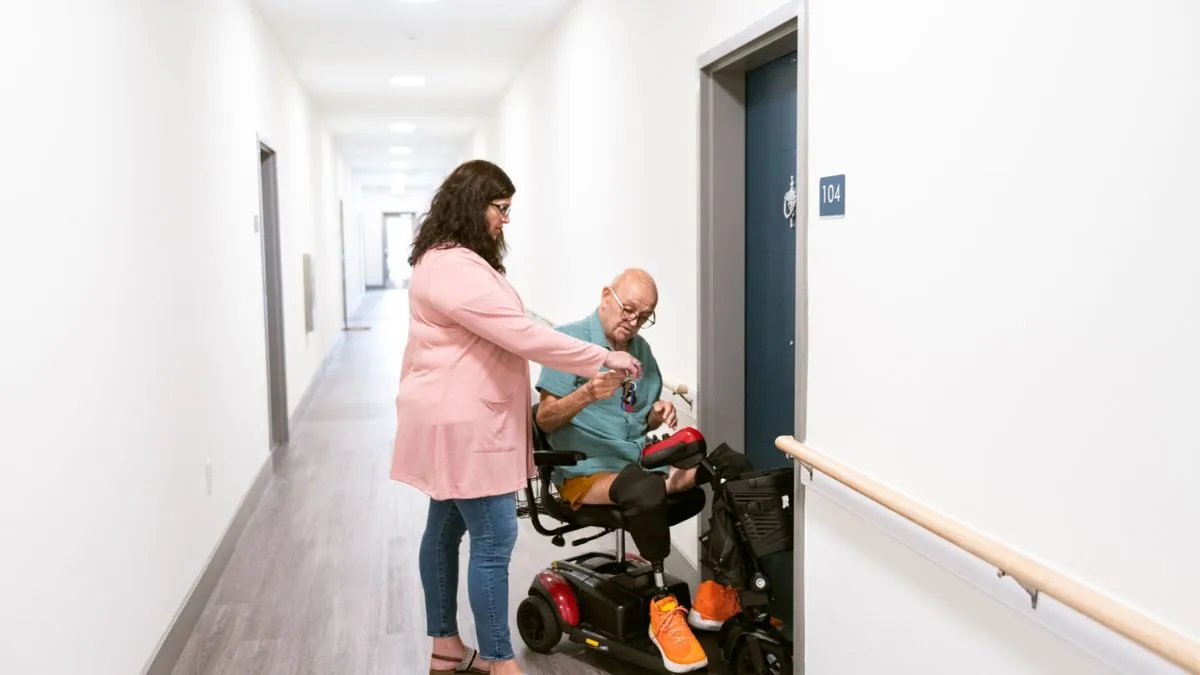Nearly 38% of eligible seniors in Florida utilize SNAP benefits, indicating the importance of this program for many low-income older adults. Surprisingly, there are still over 850,000 eligible seniors in the state who are not enrolled in this crucial assistance program.
Why Many Seniors Miss Out on SNAP Benefits: Key Insights from New National Report
The Latin Times highlighted a disturbing issue: approximately nine million older persons in the United States are eligible for SNAP benefits, yet barely 30% use the program. In Florida, 38% of eligible seniors use SNAP, but nearly 850,000 are not receiving benefits. Miami-Dade, Duval, and Hillsborough counties have the highest participation rates, while Collier, St. Johns, and Charlotte lag behind.
In comparison to SNAP, more seniors in Florida use programs with greater enrollment rates, such as Supplemental Security Income (SSI) and Medicare Savings Programs. According to the National Council on Aging’s new map, 30–49% of eligible seniors across the country do not receive benefits that may help them with food and healthcare. This low enrollment is concerning since it indicates that many seniors struggle to meet basic needs.
New Florida SNAP Rules: Income Limits and Work Requirements Explained
In Florida, seniors need to fulfill specific income limits and work requirements in order to be eligible for SNAP benefits. The Florida Department of Children and Families has recently made some changes to the program’s regulations, including an expansion of the rules and an increase in work training obligations. To learn more about the qualifications and application process for SNAP benefits, you can visit the website of the Florida Department of Children and Families.
This Article Includes







